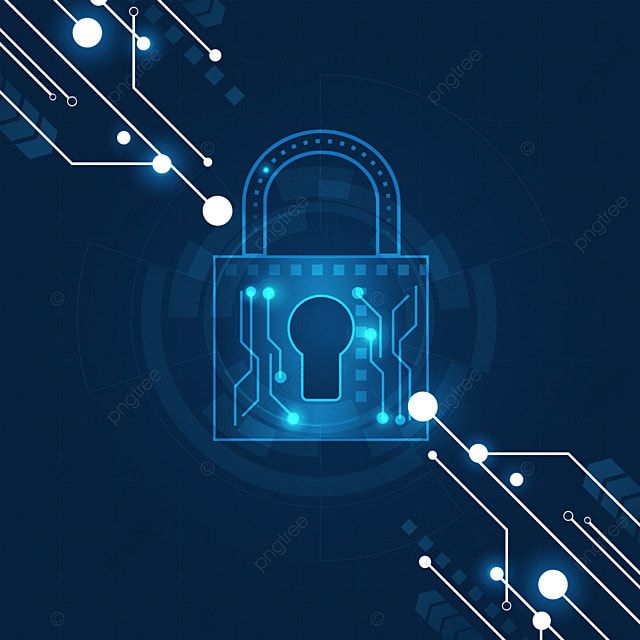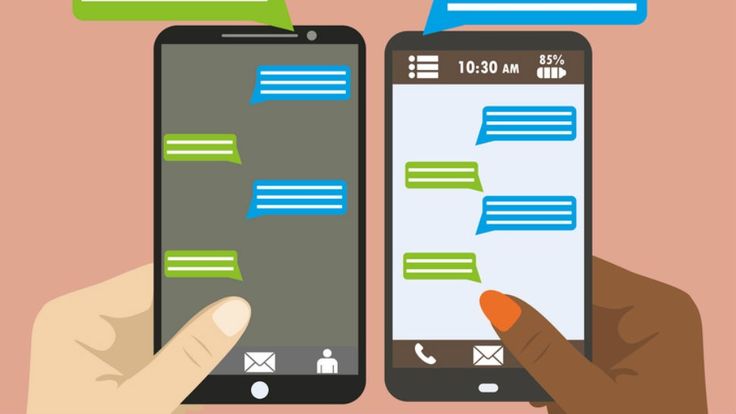The way people have been doing is completely changed since the use of email. Now, it is very less time consuming to send someone the message or text about the details of the project.
Advantages of Email:

The way people have been doing is completely changed since the use of email. Now, it is very less time consuming to send someone the message or text about the details of the project.
It can be done in a go with the use of email. But, it is not the same for everyone. For many people, email is boring and time-consuming As there are two sides of a coin, all other things also have two sides to it. For email also there are two sides. Let us explore the advantages and disadvantages of email.
For many people, email has affected their business in a positive way. While for others email is a just a spamming scheme which they avoid it. For every advantage of email, there are disadvantages too. It depends on person to person as well as from the type of businesses they are involved in.
Ease of Use:
One of the first advantages of email that comes to mind is the ease with which you can use email. With the increasing use of smartphones emailing anyone has become a lot more easier. You can manage all the correspondences of your email and related work from a small screen itself. Same is the case for customers. You can send the email promptly to anyone and that someone can reply you anytime they want. The proposal that you send through the email can be read, stored, and answer instantaneously. It can be forwarded to others as well without any amount a paperwork being involved.
Quickness:
As we mentioned, an email can be sent at any time to anyone, it can also be sent in a matter of seconds. That’s how quick the email systems work. The email that you have sent can be received by anyone in the world in a matter of seconds. There is no other delivery system in the business world that can deliver this fast Thus, this also helps in making business decisions quickly for the organization.
Inexpensive:
When you compare email to other delivery systems, it is basically free. You can compare it with fax, telephone, and the other courier services. But no system is as cheap as email. There are some business plans which might cost you some money, but the personal email is everywhere free of cost.
Filtering:
Every business emails contain a subject line. Thus, it becomes very easy to identify which emails are important and which are not.
On the basis of this, you can priority: the emails necessary for you and save in another folder. The reader can also know the mail from the subject line. In the regular mail, a reader needs to open the letter or the mail to know what contains. But in emails this is different. You can know about the message beforehand and thus it can help in interpreting it better for readers.
Security:

Emails are generally the transmission of a business message from one firm to another Thus, it also requires a form of security so that the messages can only be sent to other concerning the organization. This makes the emails more secure and private. The other modes of communication like the telephone and fax are not very secure use. A lot of credit goes to the emails for all its advantages. These advantages help the productivity of an organization as well. However, there are some negatives email as well.
Disadvantages of Email:
Communication:
Email makes the communication is in an organization easier and efficient. But are instances where the communication needs to be face to face rather than the talk This is where email lags when you look at the options available. Many times messages and deals are better interpreted on the telephone or through a letter the email communication.
Misunderstanding:
In emails, you make use of the popular jargons and pronouns to put forward your point. This can lead to some conflicting emails in the future. These conflicts happen when the email that you have sent is full of abbreviations and short descriptions. Further, the over the use of emoticons can confuse the opposite person and your message might not be conveyed properly.
Time-consuming:
Although the email that you have sent takes no time to be delivered, it takes time to print it and get a copy. Also, the ease of email correspondence means that the total emails that an average person per day is more than the normal emails.
Thus, this increases the workload of an organization on day to day basis. This organization of emails and reading them will take a lot of your time and will hamper your productivity. Many times in an organization it is better to communicate through telephones or face to face.
Vulnerability:
The emails are very vulnerable in terms of the data. It takes a lot of time and effort to destroy someone’s letters and printed emails. But the emails can be destroyed in no time. Also, the data on the server can be lost when the site goes out of business or it is down.
Instant messaging:-
often shortened to IM or IM’ing, is the exchange of near real-time messages through a stand-alone application or embedded software. Unlike chat rooms with many users engaging in multiple and overlapping conversations. IM usually take place between two users in a private, back-and-forth communication.
One of the core features of many instant messenger clients is the ability to whether a friend or co-worker is online and connected through the selected serve a capability known as presence. As the technology has evolved, many IM clients added support for exchanging more than just text-based messages, allowing action like file transfers and image sharing within the IM session. Instant messaging differs from email in the immediacy of the message exchange also tends to be session-based, having a start and an end. Because IM is intended minimum in-person conversations, individual messages are often brief. Email, on ten other hand, usually reflects a longer-form, letter-writing style.
How instant messaging works:
Generally, IM users must know each other’s username or screen name to initiate a IM session or to add them to their contact list or buddy list. Once the intended recipient has been identified and selected, the sender opens an IM window to begin the session.
For IM’ing to work as intended, both users must be online at the same time, although nearly all instant messaging platforms now allow asynchronous interactions between online and offline users. If offline messaging is not supported, attempting to IM a unavailable user will result in a notification that the transmission cannot completed. In addition, the intended recipient must be willing to accept instant messages, as it is possible to configure the IM client to reject certain users.
When an IM is received, it alerts the recipient with a window containing the incoming message. Or, depending on the user’s settings, a window could indicate an IM arrived along with a prompt to accept or reject it. Many IM clients also notify the use audibly with a distinctive sound, such as a chime or chirp. The user can also notified visually by flashing the IM window or its taskbar icon when a message arrived.
While IM clients were frequently based on proprietary protocols in the past requiring both users to use the same software in order to communicate — the adoption of open standards has become more common, This has enabled the rise of platform instant messengers, such as Pidgin and Trillian.
Another important shift in M has been how it’s accessed and delivered. Deployed as a desktop client that had to be downloaded and installed, instant messaging is now more often found as a feature within another web- or cloud- service — such as Facebook, Gmail and Skype — or as a mobile app, such WhatsApp Messenger.
Features of instant messaging:
The exchange of text has long been the chief function of instant messaging, but it is now one feature of many. The ability to insert images and emojis into messages is now standard in many clients, as are file transfers. Facebook Messenger even enables users to send money via IM. Numerous clients now support the escalation from IM to other modes of communication, such as group chat, voice calls or video conferencing.

Presence enables users to see the availability of their contacts — not only whether they are online or offline, but also whether they have indicated their status is free or busy. Some clients also enable users to set an “away message” providing more detail about their limited or lack of availability. Within an active session between two users, most clients can also indicate to one user in real time when the other user is typing.
NEW POST
FOLLOW ON TWITTER






